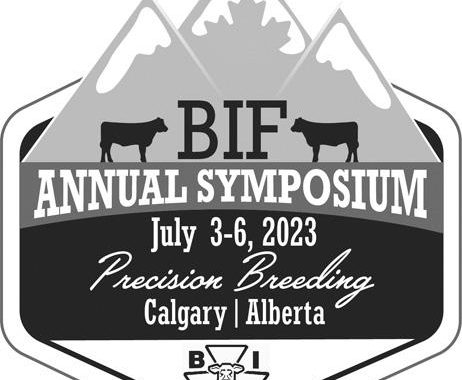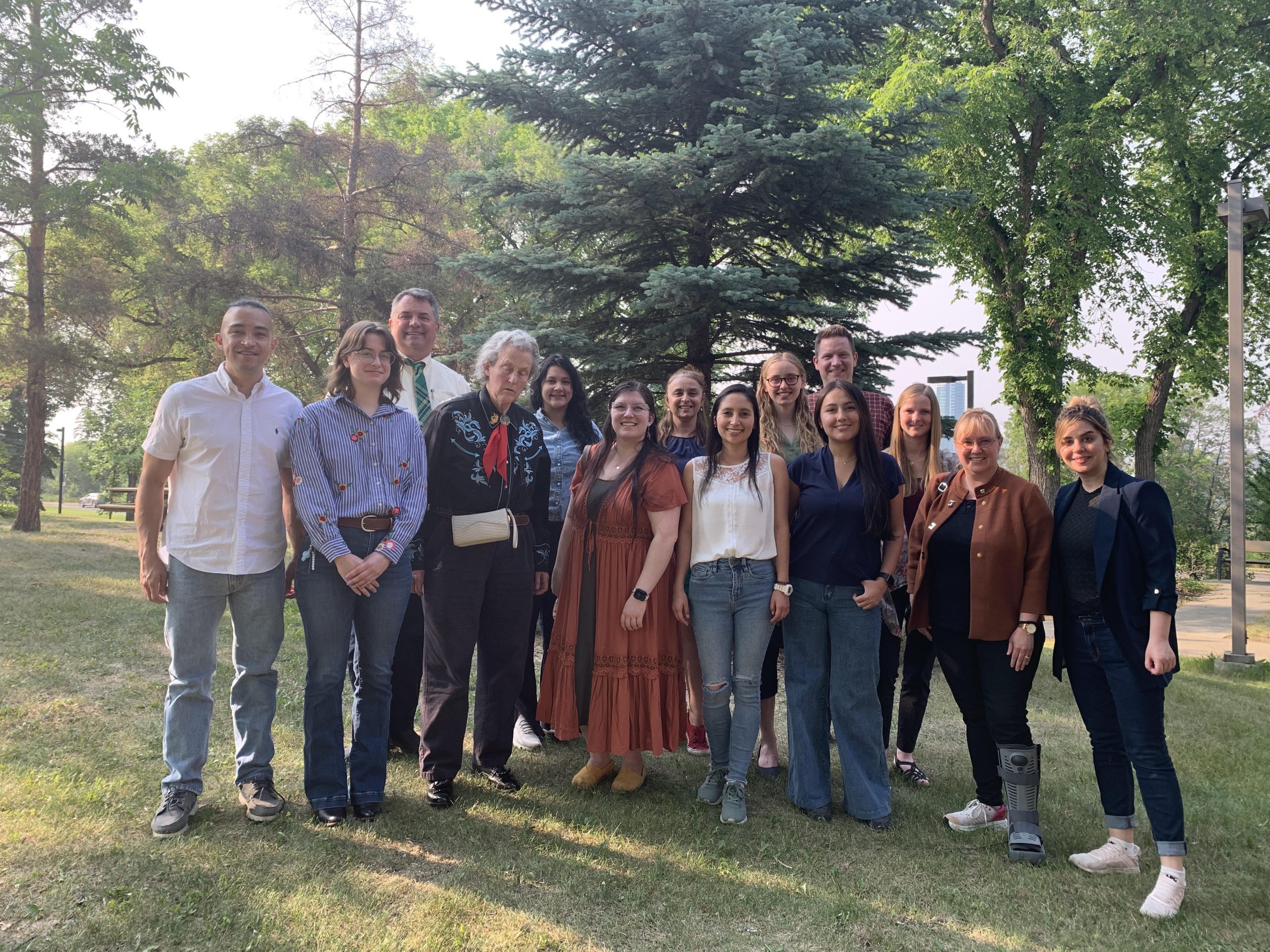The technical breakout sessions at the Beef Improvement Federation (BIF) in Calgary between July 3-6, focused on advancements in beef-production and genetic-improvement.
“Advancements in Producer Applications”
Shannon Argent focused on “VBP+: How Sustainability and Genetics Fit Together.” Continual improvement in sustainability and genetics have improved efficiency in the Canadian beef production system. All stakeholders in the beef production chain came together to strategize to monitor sustainability. VBP Canada can use on-farm data collected during audits and herd assessment to help inform policy and stakeholders on actual situations and activities at the various farm levels. Roughly 1.76 million cattle are under the management of VBP Canada-certified operations. Those operations also account for about 6.4 million acres used for beef production.
“Advancements in Genomics and Genetic Prediction”
Steve Miller, now Director of AGBU in Australia and long-time Gentec collaborator, spoke on the art of identifying and choosing who becomes the dam/sire of future generations in breeding programs. This process involves a series of decisions using information available at the time. Consideration may include purebreds and composites. There are no clearer signals on the outcome of selection except at the point of sale. The big changes in the use of genomics information are helping in the decision and selection process. This effort relies on data, without which we can do nothing. Genetic trends suggest improvement in key traits. Despite the use of novel technologies like genomic selection, the black box is still powerful, requiring a scramble for data to get ahead. The recipe is clear – more data, more accuracy, more progress – for just about any trait.
Troy Rowan (University of Tennessee, Knoxville) posed the question Gentec has been focusing on most recently, “Why Should Commercial Cattlemen be Interested in Genomics?” Gentec’s Marzieh Heidaritabar liked the phrase “heterosis pays”. Crossbreeding is used to create heterosis or hybrid vigour, as happens when different breeds are mated. The crossbred offspring are less inbred than their parents, and this can result in calves performing at a level above the average of their parents. Not only individual heterosis but also maternal heterosis (from crossbred dams) was shown to be beneficial. Rowan indicated increased performance of the crossbred cows relative to the average of straightbred females of the parental breeds was 38% for longevity, 17% for number of calves, and 25.3% for cumulative weaning weight. Crossbred cows also demonstrate improvement for feed efficiency.
John Basarab, Gentec Director of Beef Operations continued this theme in his presentation on “Non-additive Genetics”. Genomic-retained heterozygosity is an indicator of heterosis linearly related to female fertility and fitness traits. Non-additive genetic effects are due to dominance and epistasis. Dominance variance is a main source of phenotypic variation for female longevity and stayability traits. Additive and dominance models can improve genomic prediction by 20-40%. Non-additive genetic effects are useful for breeding plans to increase longevity and lifetime productivity. These effects are incorporated in Gentec’s tools when appropriate, such as its Replacement Heifer Profit Index™.
“Advancements in Emerging Technology”
Mahdi Saatchi (Iowa State University and Top Genomics) presented a demo of “RightMate: Precision Breeding by Genomic Mating”. RightMate is a genomics-based precision breeding tool designed for seedstock providers. It optimizes genetic diversity/improvement with customized breeding objectives by integrating them into Brian Kinghorn’s MateSel software using EPDs and the power of high impact genes (see also the General Session highlights).




